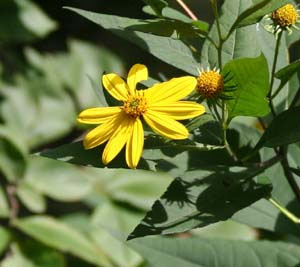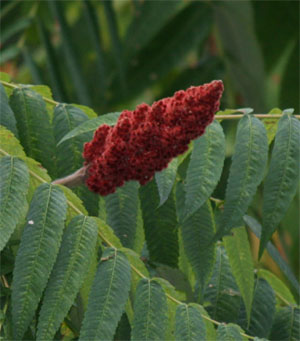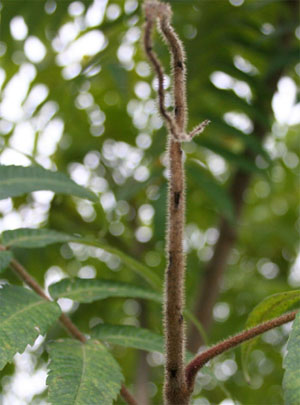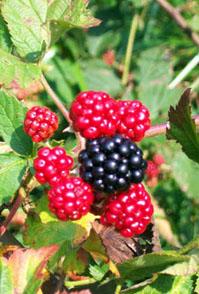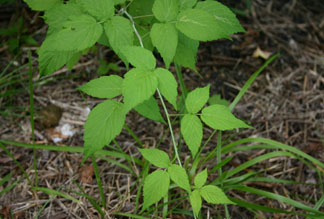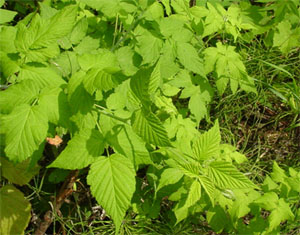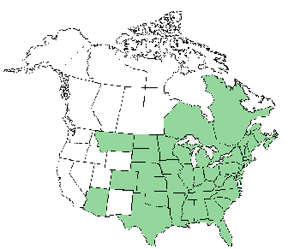Plantain
Common names: ribwort plantain, English plantain, buckhorn plantain, narrowleaf plantain, ribleaf and lamb’s tongue, dooryard plantain,  common plantain, Englishman’s foot, White Man’s Foot
common plantain, Englishman’s foot, White Man’s Foot
It is just one of those damned weeds that you fight with every year – that is of course if you care about your lawn. Plantain, a perennial, is a very common “weed” that can be found just about anywhere. Just like so many other plants, Colonists brought it over from Europe with them. So, it is in my opinion an invasive species. Native Americans gave plantain two of its “common names” – Englishman’s foot and White Man’s Foot.
Description:
Leaves spiral on a very short, weakly woody stem. Leaves are broadly lance shaped to egg shaped, hairless or sparsely short haired. Roughly 2″ to 7″ long, leaves have five to seven prominent parallel veins from the base. Roots are fibrous and shallow. Broadleaf plantain can be distinguished from buckhorn plantain, Plantago lanceolata, by its broader leaf and longer flower head spikes.
The leafless flower stalks grow in summer into fall. They will reach approximately 6″ to 18″ tall. As the picture illustrates, the flower stalks grow out of the center of the plant. The flower stalks bear densely packed greenish white flowers each of which will form a seedpod containing 10 to 18 seeds.
Habitat:
Plantain grows in varied habitats. They can grow in moist soil, shade or full sun, poor soil in between sidewalk cracks – take your pick.
Location:
As the map demonstrates, plantain grows throughout Canada and the Coninental U.S.
Edible:
The very young leaves can be added to salads, or cooked as greens. The immature flower stalks may be eaten raw or cooked. The seeds have a nutty flavor and may be parched and added to a variety of foods or ground into flour.
Notes of Interest:
Plantain is very high in beta carotene (A) and calcium. It also provides ascorbic acid (C).
The plant provides food for butterfly caterpillars, rabbits, deer, and grouse. A wide variety of birds eat the seeds.
According to WebMD: Fibers from broccoli and plantain plants may block a key stage in the development of Crohn’s disease…read more
Back to edible wild plant index
